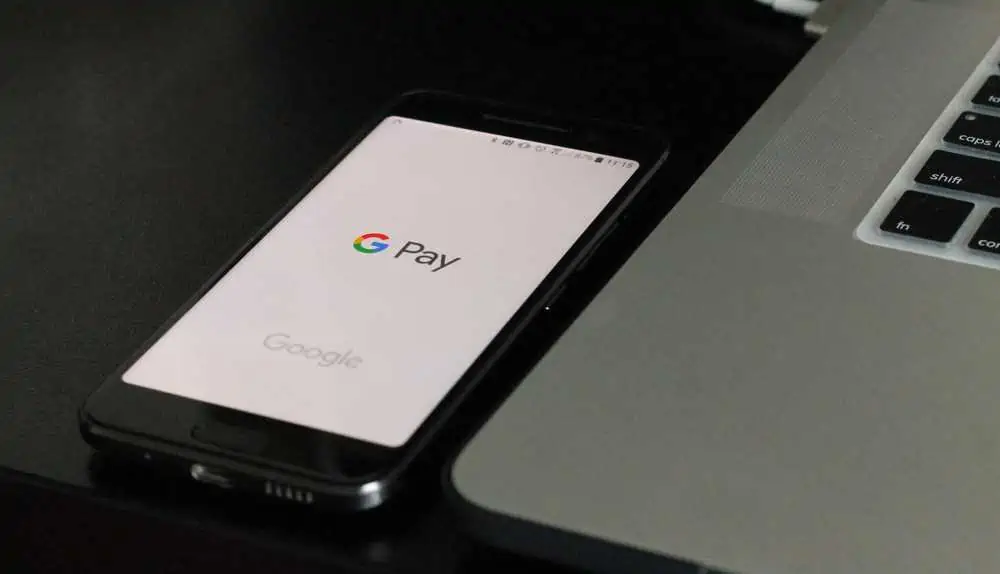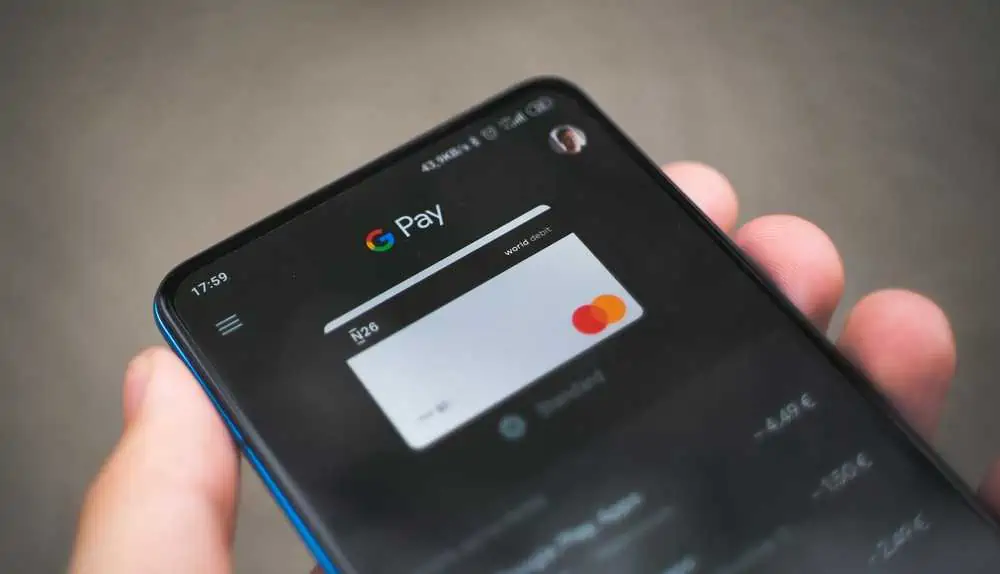The world of payments is changing. New digital-first competitors like Apple, Google, and Samsung have been quick to become major players, while others like PayPal, Venmo, and Square are growing in popularity with millennials.
Even if you’re just starting your payments journey, the sooner you simplify your payment stack, the better off you’ll be later on. Here are some ways to make your payment stack simpler and fast.
Consumers expect frictionless experiences and are more conscious than ever about their personal data privacy, which means you have to get smarter about building your payment infrastructure. Let’s face it: Your existing payment stack is probably complicated. It might involve many point-of-sale (POS) terminals, stored value vendors such as Google Wallet or LevelUp, a financial institution for issuing virtual accounts, a payment gateway for online transactions, and more.
What is a Payment Stack?
A payment stack is the entire process of taking card payments for your business, from the initial customer interaction to the final settlement of funds. It involves all the companies and technologies that enable you to process payments, whether online or offline, with plastic cards or other forms of payment, such as app-based virtual accounts.
A stack refers to the relationship between the players that make up the overall payments ecosystem. When you buy a new house, you must choose a mortgage company, an insurance company, a real estate agent and a contractor, and then coordinate your tasks with theirs. It’s a process that can also apply to building out payments infrastructure.
How To Simplify Your Payment Stack?

Consolidate your POS devices
If you’re running a brick-and-mortar business, your POS devices most likely run on software from companies like Square or Intuit. While these devices are cost-effective, they may not provide the best experience for your customers. Why not use a more robust solution that provides a better overall experience for you and your customers?
One option is to partner with a cloud-based POS provider to host your payment system. This allows you to ditch your physical terminals and provides a high-quality digital customer experience on your website or mobile app.
Separate payment responsibilities
If your business grows quickly, you might rely on a third party for fraud detection and chargeback management. While many third-party services can help with this, it’s important to remember that they have your sensitive data, like customer card data and sales reports. That means you must build an extra level of trust with your vendor of choice and thoroughly vet them before entering into a long-term contract.
Reconciliation and settlement
The number of your company’s purchases will become overwhelming as it grows. The process of reconciling payments ensures that all fees paid are recognized and processed appropriately.
Payment reconciliation is essential for businesses since it safeguards against the loss of data and the omission or loss of entries or even receipts. It is highly recommended to use accounting software to maintain a record of each transaction that takes place not only within the organization but also outside of it.
Checking the records kept by the banks that were used in the transactions is how this is accomplished. If an error is made, all that is required to locate its origin is to cross reference your firm’s records with its bank statements.
Fraud prevention

Fraudulent schemes keep advancing alongside the development of new technologies. It shouldn’t be a surprise that retail establishments and other types of enterprises are witnessing an all-time high number of data breaches.
Card fraud cases reached a staggering $28.65 billion in just a year, 2019. Due to the rise in fraudulent behavior, being able to monitor and identify fraudulent transactions has become an integral part of any payment stack.
Use a cloud-based payments platform
If your business processes many online transactions, you might use a payment gateway to facilitate those payments. Payment gateways are great, but they might slow you down as you scale and want to add new payment options like virtual accounts. Gateways are designed for large organizations and can be difficult to customize.
They also can lock you into using one specific set of payment routes and may not provide a robust set of analytical tools. On the other hand, a cloud-based payments platform can be scaled up quickly and easily to accommodate new payment types and partners. It also allows you to add new customer features, like a digital “Know Your Customer” section.
Diversify your portfolio of vendors
Every business is different, so that it might make sense to partner with more than one company for certain payments-related services. For example, if you have a physical store and accept payments via card swipes, you need a payment gateway that is EMV-compliant.
If you operate online, you might use a virtual account provider. If you sell products internationally, you might use a cross-border solution. As your business grows, you may be tempted to integrate all of these services into your stack fully.
During this process it’s better to be selective and choose single-purpose vendors that have already proven themselves in the market and have a proven track record of success.
Go digital with EMV chip technology
As the world’s payment systems evolve from magnetic stripe card readers to more secure EMV chip card readers, you may consider upgrading your hardware. But hardware vendors can be tricky to work with, especially if you’re looking for a quick and easy solution.
For example, you may want to issue virtual accounts to your customers. But the only option you have right now is to install a chip reader and a virtual account issuance device. This would require significant investment and a longer implementation timeline.
With a new payments platform, you can avoid many of these headaches by partnering with a vendor that offers a one-stop-shop solution. They can help you bring your payment infrastructure up to date with EMV chip technology without having to buy new hardware.
Conclusion
When it comes to payments, it’s critical to keep things simple. Simplifying your payment stack will allow you to focus on growing your business and delighting your customers, not managing the challenge of integrating and managing various vendors. At the same time, it’s important to remember that the payments landscape will continue to evolve.
New technologies and trends like digital identity, blockchain and artificial intelligence will play an important role in shaping the future of payments. For your business to stay competitive and relevant, it’s important to stay agile and keep an eye on what’s coming next.

